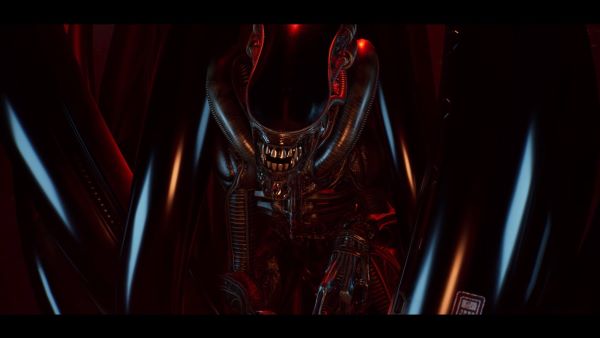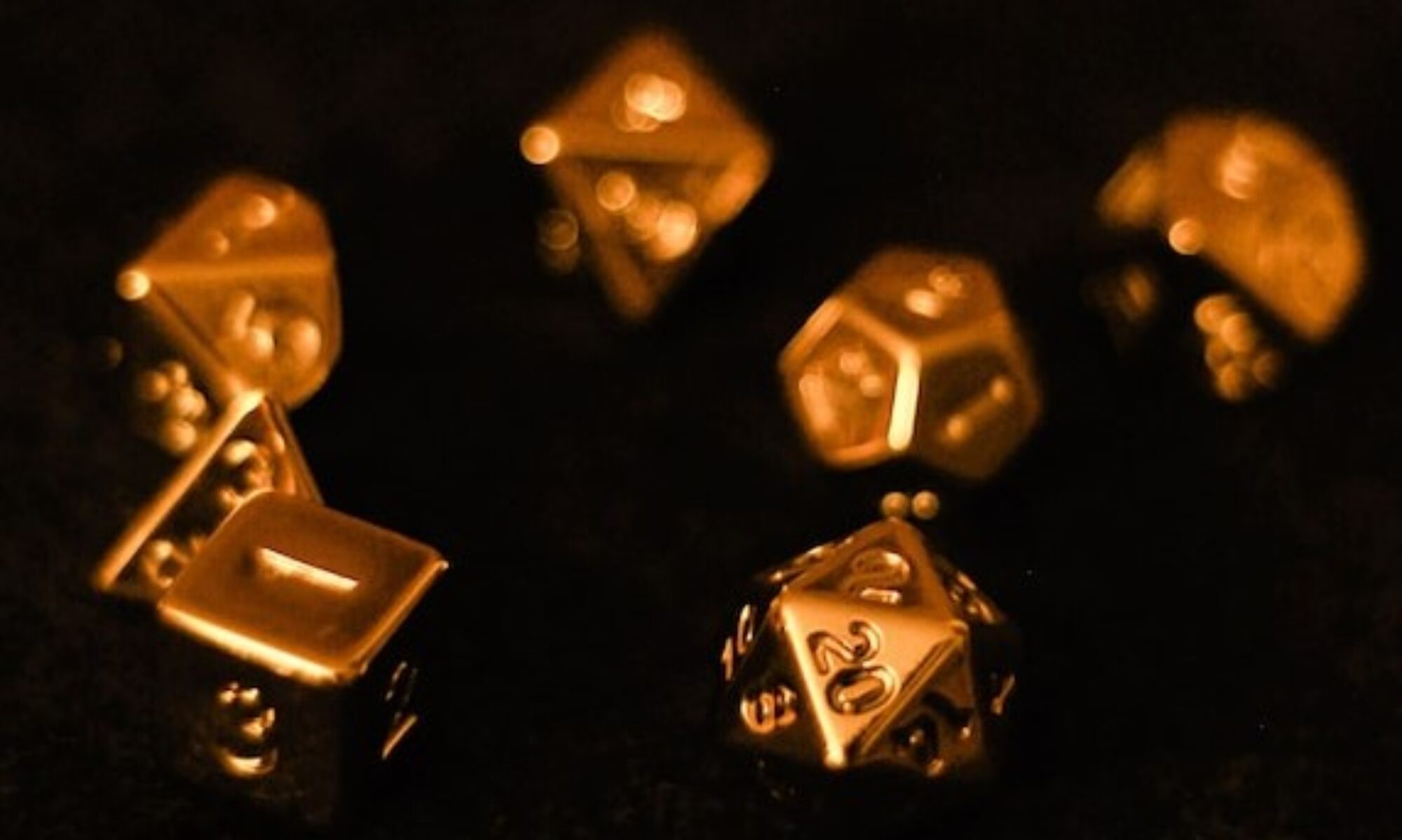Darkness has always been a powerful storytelling tool, evoking mystery, fear, and uncertainty. It limits perception, raises tension, and forces players to make choices based on limited information. However, in Dungeons & Dragons, Darkvision—a trait possessed by many races—often removes that tension entirely, making darkness little more than a minor inconvenience. I believe that the prevalence of characters with Darkvision greatly diminishes the immersive horror and suspense that darkness is meant to bring to the game.
The Problem with Darkvision
Here are a few of the issues I have with Darkvision.
- Eliminates the Fear of the Unknown – In a game where exploration and mystery are key elements, darkness should be a real obstacle. When most of the party can see in the dark, the natural fear of the unknown is drastically reduced. Instead of inducing tension at the table, entering what should be a forbidding cavemouth becomes rather meaningless.
- Renders Torches and Light Spells Unnecessary – Traditionally, adventurers needed torches, lanterns, or spells like Light to navigate the depths of dungeons. But when the majority of the party has Darkvision, these become redundant, reducing strategic planning and logistical concerns. The decision to risk going deeper with a limited number of light resources is now completely gone.
- Breaks Immersion in Horror and Survival Themes – Darkness should be oppressive and unsettling, especially in horror or survival-focused campaigns. When creatures lurking in the dark can be seen as easily as those in daylight, that eerie sense of tension disappears. Think of the film Alien. You hardly ever see the monster, instead only suggestions of it. This keeps the sense of fear really high. Fully revealing the monster evaporates the fear.
- Unfair to Humans and Other Non-Darkvision Races – In most campaigns, humans and other races without Darkvision are at a clear disadvantage. This often leads to everyone choosing a Darkvision-capable race to avoid being the only one struggling in the dark.

How to Restore the Fear of the Dark
If you want to bring back the eerie uncertainty of darkness in your D&D game, consider the following house rules and strategies.
- Make Darkness More Than Just Visibility – Even with Darkvision, creatures might have trouble distinguishing details, reading text, or perceiving color. Enforce these limitations more strictly to make darkness feel more oppressive.
- Introduce Supernatural Darkness – Spells like Darkness create magical darkness that Darkvision cannot penetrate. Incorporating such effects more often makes light sources necessary.
- Limit the Effectiveness of Darkvision – In my home games we house-rule that Darkvision only allows creatures to see in grayscale, with reduced clarity and range. This forces players to rely on additional light sources for full visibility.
- Use Monsters That Thrive in Darkness – Creatures like Shadow Demons or Underdark predators (e.g. shadows, darkmantles and ropers) may have advantages when attacking creatures relying on Darkvision alone. Using ambush tactics and stealthy enemies can make darkness truly threatening again.
- Encourage Light Sources for Roleplay and Strategy – Give players reasons to carry torches or lanterns. Maybe certain symbols or texts are only visible under torchlight, or enemies are repelled by bright flames. Reward creativity in using light as a tool, rather than letting Darkvision replace it entirely.
Final Thoughts on Darkvision
Darkness should be more than just a mild inconvenience—it should be a challenge that adds depth and immersion to your D&D game. Darkvision ruins this. By reintroducing the unknown, enforcing visibility limitations, and making darkness more than just a lack of light, you can bring back the tension and excitement of exploring the shadows. After all, what’s an adventure without a little fear of the dark?



